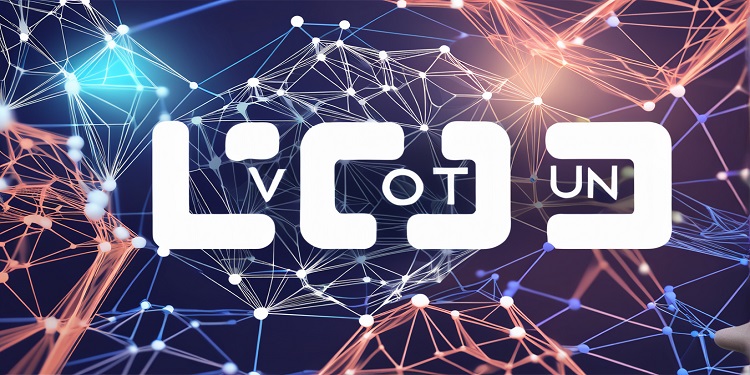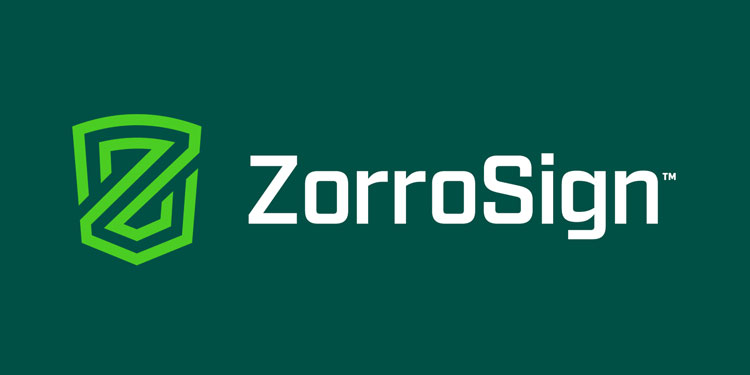 In a recent paper from the IOTA Foundation, the energy usage of its work-based distributed ledger system was highlighted. In response to demands to reduce carbon emissions and the environmental effect of blockchain mining, work-based distributed ledger technology (DLT) has emerged as a viable option for Web3, the Internet of Things, decentralized finance (DeFi), and cryptocurrency. This is due to the fact that DLT is based on the concept of a distributed ledger rather than a central database.
In a recent paper from the IOTA Foundation, the energy usage of its work-based distributed ledger system was highlighted. In response to demands to reduce carbon emissions and the environmental effect of blockchain mining, work-based distributed ledger technology (DLT) has emerged as a viable option for Web3, the Internet of Things, decentralized finance (DeFi), and cryptocurrency. This is due to the fact that DLT is based on the concept of a distributed ledger rather than a central database.
Up until fairly recently, it was not always evident just how much of a reduction in energy usage would be achieved by using this technique. The IOTA Foundation has made public the detailed measurements on energy and power usage made by the IOTA 2.0 prototype in order to address this issue and to argue that distributed ledger technology is not only a viable alternative but also the most environmentally friendly method to go ahead.
IOTA’s report demonstrates how an IOTA 2.0 network with 100 or more nodes could consume less energy on an annual basis than a household consisting of a single individual. This figure is equivalent to approximately 0.000009 percent of the currently estimated annual energy consumption of the Bitcoin network.
To put this into perspective, the whole worldwide Bitcoin network uses almost as much energy in one year as the entire population of South Africa does in the same period of time. The fact that distributed ledger technology does not depend on Proof of Work is a significant advantage it has over blockchain-based technology. This is a factor that makes a tremendous difference.








